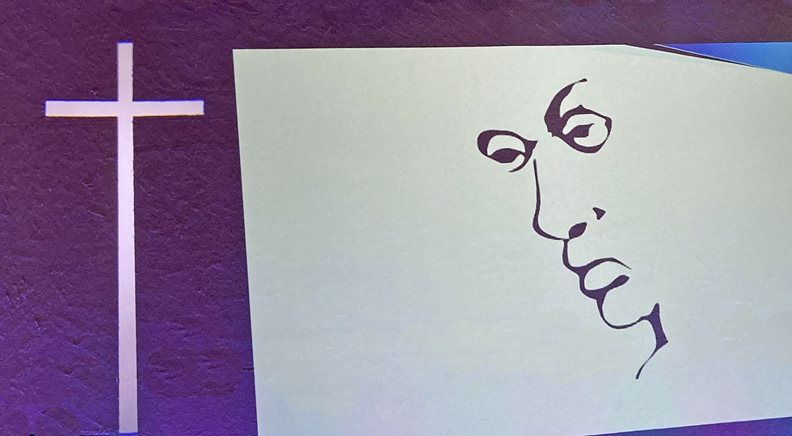
Thomas Froese
(The Hamilton Spectator – Saturday, March 30, 2024)
Today, for Easter, it’s a good day to consider Pontius Pilate.
History tells us that 2000 years ago, under Tiberius Caesar, Pilate was Rome’s fifth governor in Judea, in ancient Israel, the Roman official who sent Christ to his crucifixion.
Somewhere nearby was Pilate’s wife who, after a troubling dream, reportedly warned her husband to stay clear of this Jewish peasant, this teacher, Jesus, the healing man who claimed that he was king of some kingdom, now in a kangaroo court facing trumped-up charges of blasphemy and sedition.
Pilate thought Jesus was innocent, but gave in to Christ’s enemies. Then, to ease his conscience, he washed his hands in public. This is the origin of the phrase “I’m washing my hands of this.”
Pilate is also known for asking Jesus what must be history’s finest question, “What is truth?”
There’s Pilate, I’m imagining, squinty eyed, reaching for a drink, looking into Christ’s broken face, into mysteries he didn’t know, namely things larger than Rome’s empire or his own cynicism. He couldn’t know about coming shockwaves: Jerusalem’s earthquakes at Christ’s death or, later at his reported resurrection.
Then the aftershocks that would change people.
One wonders what gifts Pilate had left unused. What hopes were in his heart. What thoughts or fears held his private moments. Once I saw an illustration of a man’s face, a sort of Everyman, reflective, even sad. It could epitomise Pilate. It was in Germany, in a church. I took a photo. So it’s real, this image, this face on which things are written. More on this in a minute.
To be clear, Pilate is not alone. I, for one, identify with him. We all have our doubts. I’m named after history’s best-known doubter. Skepticism has its place. It helps ferret-out truth. Further, my own view of truth – such an unfashionable and slippery word – is that it’s often found underground. You work to find it. Journalists worldwide can tell you. Some give their lives for it.
This is the truth about truth. Somehow it will always be precious to people. Yesterday. Today. Any day. It’s like a diamond that strikingly reflects light from its various angles. So move yourself around, like a photographer once told me, to get the best look and picture of what’s in front of you.
It’s underground, under pressure, where costly gems are created. Like the animals walking overground, going about their daily affairs, we may be unaware. But this doesn’t diminish any truth. Even a diamond that you might find at your feet, trampled in the dust, is still a diamond.
Some people will tell you otherwise. “Truth? Come on. It doesn’t exist. Not really. It’s just a construct, a powerplay, of people wanting to get power. Or keep it.” Pilate might tell you this. There’s nothing new under the sun. But these people are mistaken. Or liars.
Or was Jesus, maybe, the liar? Oxford don C.S. Lewis, a former atheist who later wrote extensively about God’s ways and love, said that it’s a good question when digging for Easter’s truth. Known as Lewis’ Trilemma, his point is that one particular assumption about Jesus, that he was merely a good man, is perfect nonsense. Based on reliable first-hand accounts from Jesus’ time, he’d have to be, as he claimed, a divine king. Or completely crazy. Or, worse, a liar.
Now the sketch. The forlorn-looking man. It’s a face. But turn it counter-clockwise a quarter turn (go ahead) and, speaking of lies, find “liar” written. It’s an anamorphic image. It both shows and hides. And isn’t this life? We often miss what’s right in front of us.
Spring is now showing its own face. We feel its breath, fresh and warm and welcoming. Winter, like some ancient stone, has been rolled away so we can hear and see and touch and smell things, deep and beautiful things, truth included. Spring with Easter. It’s breaking through the earth as one. “Here I am,” it says. “I’m alive.”
